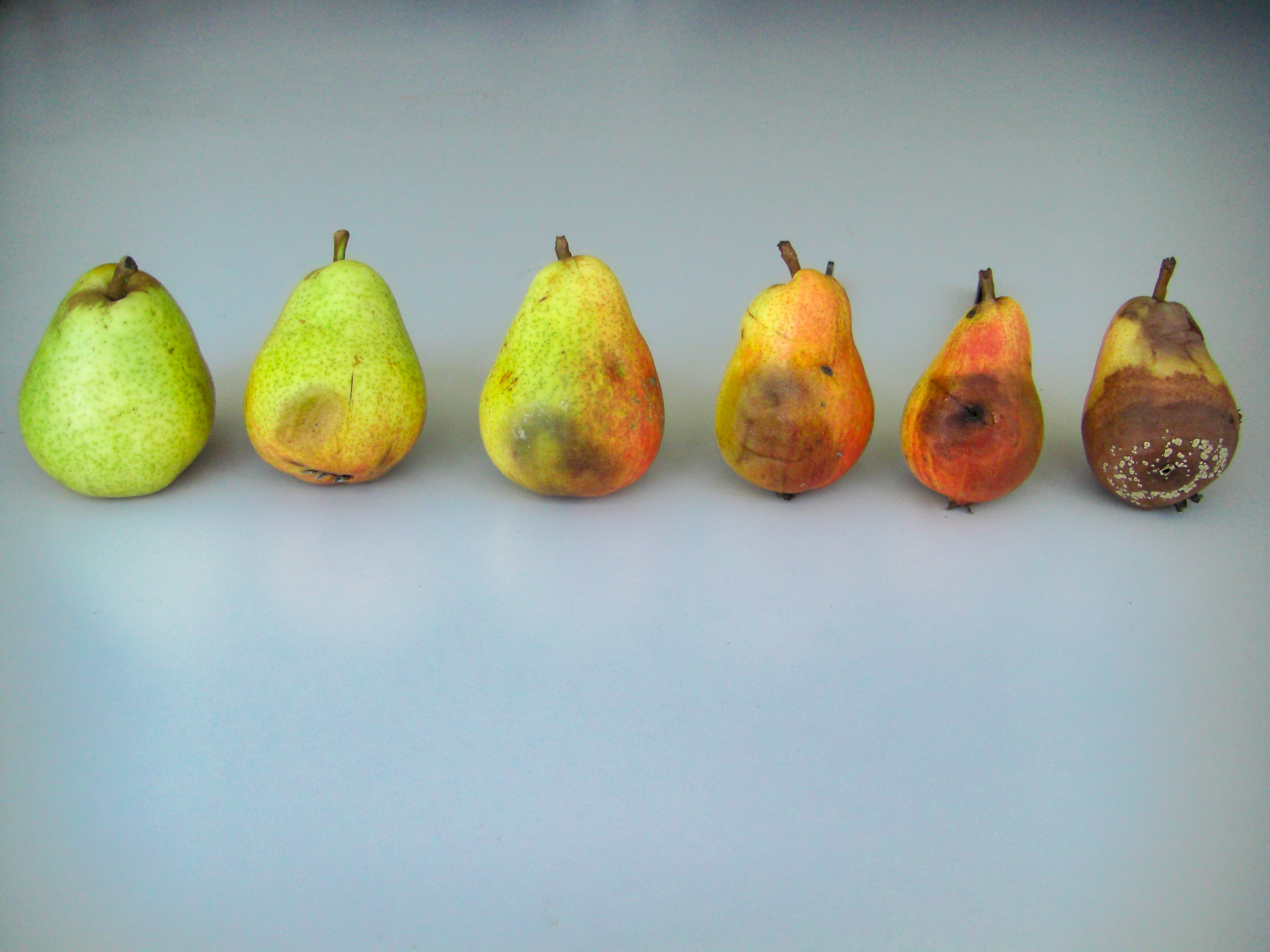Maturity Assessment with the Aid of a Near-Infrared Spectrometer
Even visually perfect fruits and vegetables can have very large differences in quality when it comes to taste and shelf life. Scientists at the Fraunhofer Institute for Photonic Microsystems IPMS in Dresden can use near-infrared spectral analysis to find out how ripe a pear or tomato is.
Everyone knows it: You bought good-looking fruit or vegetables and the next day they are already rotten. This may be because you stored it incorrectly or the fruit was at the bottom of the shopping bag and has already developed pressure marks. But it can also be that the fruit or vegetable has already exceeded its optimum degree of ripeness. A lot of fruit therefore ends up in the trash. And it's not just the end consumer. Up to 56 percent of all fresh foods do not reach the customer because they spoil during storage, in transit and at retail.
If you recognize the degree of ripeness of a fruit in time, you can optimize its use: Ripe, beautiful pears would reach the end consumer, older pears that already have brown bruises could still be processed into juice, and pears that are already rotten and moldy are used to make biofuel. This is a sustainable way to farm.
Using infrared to detect defective spots on fruit
Fraunhofer researchers at IPMS have succeeded in using spatial resolution spectroscopy (hyperspectral imaging) in the near infrared (NIR) to detect defective spots on fruit even before the rotting process occurs. Hyperspectral Imaging is a combination of spectroscopy and digital imaging. Food can be identified by spectral analysis and simultaneous object recognition. This process has a decisive advantage over the human eye: it can "see inside" the fruit and provide information from within the fruit.
How Hyperspectral Imaging Systems Work
Pressure causes a change in the molecular structure of the fruit, resulting in rot after a few days. This is detected early with NIR Hyperspectral Imaging. Hyperspectral imaging systems typically work as spectral line scan cameras, where a linear image area of the object is spectrally split into a perpendicular direction. The second dimension of the object is acquired by sequential scanning. This is done with the help of the object movement for example by a conveyor belt. A one-dimensional InGaAs detector array is used for image acquisition.
The hyperspectral imaging system can be directly incorporated into sorting systems. Fruits and vegetables can then be sorted by quality according to a previously entered database. Before the device can be introduced to the market, the researchers must create an even broader database.
 Fraunhofer Agriculture and Food Industry Alliance
Fraunhofer Agriculture and Food Industry Alliance